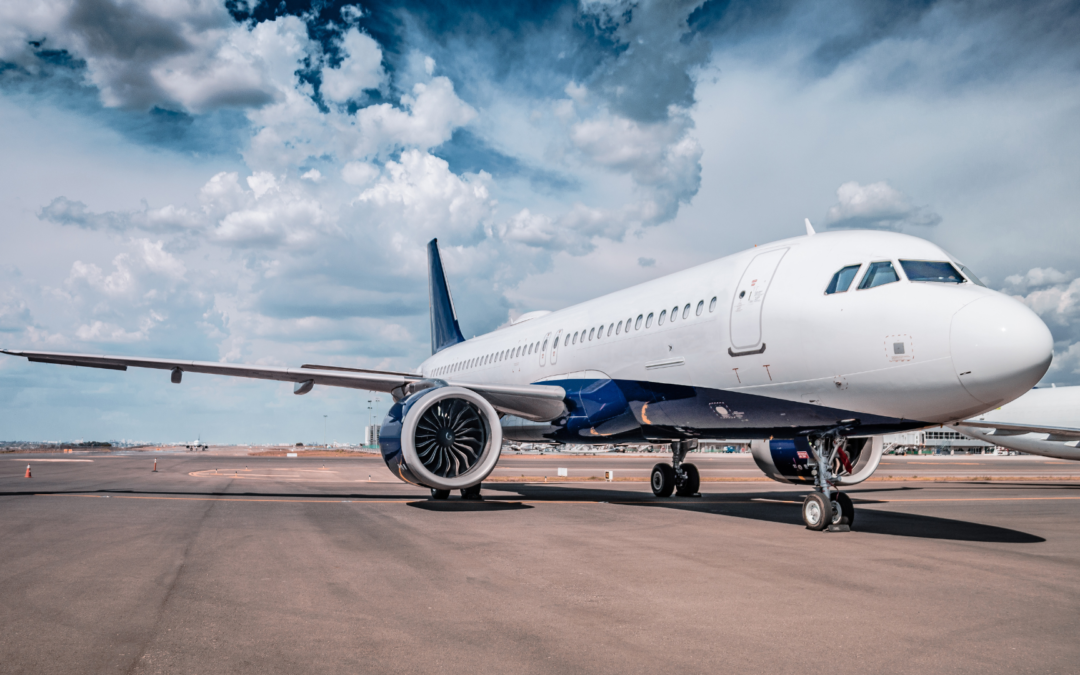The aviation industry is a complex and dynamic sector that relies heavily on a skilled and diverse workforce to ensure safe and efficient operations. From pilots and air traffic controllers to aircraft maintenance technicians and aerospace engineers, each role within the aviation industry plays a crucial part in keeping the global air transportation system functioning smoothly. However, the industry faces several challenges in meeting its workforce needs, including technological advancements, demographic shifts, and increasing demand for air travel. Here’s an in-depth exploration of the workforce needs in aviation:
- Pilot Shortage
- Aircraft Maintenance Technicians
- Air Traffic Controllers
- Aerospace Engineers
- Technological Advancements
- Diversity and Inclusion
Pilot Shortage
One of the most pressing workforce needs in aviation is the shortage of qualified pilots. As the demand for air travel continues to grow, airlines worldwide are facing challenges in recruiting and retaining experienced flight crew. Factors contributing to the pilot shortage include the retirement of senior pilots, stringent training requirements, and competition from other industries offering attractive career opportunities. To address this issue, airlines are implementing recruitment campaigns, offering competitive salaries and benefits, and partnering with flight training schools to cultivate the next generation of aviators.
Aircraft Maintenance Technicians
The aviation industry relies on skilled aircraft maintenance technicians to ensure the safety and airworthiness of aircraft. However, there is a growing need for qualified maintenance personnel to meet the increasing fleet size and regulatory requirements. Aircraft maintenance technicians are responsible for inspecting, repairing, and maintaining aircraft systems and components, including engines, avionics, and airframes. To address the shortage of maintenance technicians, aviation maintenance schools and training programs are expanding their capacity and curriculum to produce more qualified graduates.
Air Traffic Controllers
Air traffic controllers play a critical role in managing the flow of air traffic and ensuring the safety of aircraft within controlled airspace. With the expansion of air travel and the modernization of air traffic management systems, there is a growing demand for skilled air traffic controllers. However, the profession requires specialized training and certification, and recruiting qualified candidates can be challenging. To address the shortage of air traffic controllers, aviation authorities are investing in training programs, implementing advanced automation technologies, and offering competitive salaries and benefits to attract new recruits.
Aerospace Engineers
Aerospace engineers are instrumental in designing, developing, and testing aircraft and spacecraft systems. With advancements in aerospace technology and the increasing complexity of aircraft systems, there is a high demand for skilled engineers with expertise in areas such as aerodynamics, propulsion, avionics, and materials science. However, the aerospace engineering field requires specialized education and training, and there is a need to attract more students to pursue careers in this field. To address the shortage of aerospace engineers, universities and research institutions are offering specialized degree programs, research opportunities, and industry partnerships to cultivate the next generation of aerospace professionals.
Technological Advancements
The aviation industry is constantly evolving with advancements in technology, including automation, artificial intelligence, and digitalization. As aircraft systems become more complex and interconnected, there is a growing need for skilled workers capable of operating, maintaining, and troubleshooting advanced technology systems. Aviation companies are investing in training programs and upskilling initiatives to ensure that their workforce is equipped with the necessary technical skills to adapt to technological changes.
Diversity and Inclusion
Increasing diversity and inclusion within the aviation workforce is essential for fostering innovation, creativity, and resilience. While the industry has made progress in recent years, there is still a need to attract more women, minorities, and individuals from underrepresented backgrounds to pursue careers in aviation. Aviation organizations are implementing diversity and inclusion initiatives, mentorship programs, and outreach efforts to encourage greater participation and representation within the industry.
Conclusion
In conclusion, the aviation industry faces a variety of workforce needs, including addressing shortages in key roles such as pilots, aircraft maintenance technicians, air traffic controllers, and aerospace engineers, as well as adapting to technological advancements and promoting diversity and inclusion. By investing in training programs, recruitment initiatives, and diversity efforts, the aviation industry can ensure a skilled and diverse workforce capable of meeting the challenges and opportunities of the future.


Recent Comments